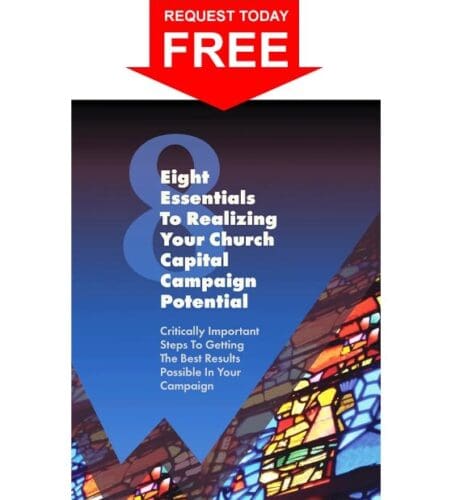Small Shifts in Campaign Approaches Can Shape Big Differences in Results
Not all capital campaign service providers are the same. While many firms appear similar on the surface, the differences in their approaches can significantly affect a church’s outcomes – not just financially, but spiritually and communally as well.
For church leaders exploring professional campaign support, it’s essential to understand the 5 major ways fundraising firms differ. These differences will shape the campaign experience and ultimately determine how effective, and mission-aligned, your efforts will be.
Choosing a capital campaign partner is a decision that can shape your church’s ministry, culture, and future. Take time to evaluate potential firms not just on price, but on how they approach the process, how they partner with your people, and how they align with your mission.
5 Ways Fundraising Approaches Differ
1. Specialization: Do They Truly Understand Churches?
Some fundraising firms work with a wide variety of nonprofit organizations like schools, hospitals, and museums. While this broad experience can be valuable in certain contexts, churches operate differently than secular institutions. Faith, stewardship, spiritual engagement, and community culture are central to church life and must be reflected in the campaign process.
Firms that specialize in working with churches tend to better understand these dynamics. They bring sensitivity to spiritual language, experience with volunteer-led ministries, and a deeper awareness of the rhythms and challenges of church life. Specialization can also mean a more focused, tailored approach that is designed for communities like yours.
2. Solicitation Strategy: How Will Gifts Be Requested?
Campaigns differ greatly in how they solicit support. Some firms rely on professional fundraisers to make appeals. Others lean on mass communication like mailers, emails, or public announcements. While these methods may reach many people quickly, they often lack the personal touch needed to inspire meaningful giving.
The most effective approach, especially in faith communities, is one that emphasizes personal, volunteer-led, in-person solicitations. When trained volunteers reach out to their peers with respect and clarity, it builds ownership, deepens engagement, and fosters a stronger connection between members and the mission of the church.
Church capital campaigns should be more than just fundraising – they should be ministry. How support is requested will shape not only what’s raised but also how people feel about giving.
3. Staffing and Support: Resident vs. Non-Resident Counsel
Fundraising firms typically provide one of two staffing models:
- Resident Counsel: A consultant is on-site full-time during the campaign. This approach allows for high-touch support but can be costly and sometimes rushed, leaving little time to recruit volunteers or develop major gifts thoughtfully.
- Non-Resident Counsel: Consultants serve multiple clients simultaneously and offer limited on-site involvement. This is often less expensive but can result in church staff doing more of the heavy lifting, and key opportunities being missed.
Some firms offer hybrid models that balance personal support with cost-effective scheduling. The ideal arrangement depends on your church’s internal capacity and desired level of guidance. What matters most is ensuring that the firm’s availability and involvement match your church’s needs and expectations.
4. Depth of Service: Are They Cutting Corners?
In an effort to reduce fees or increase volume, some firms are scaling back their services. They are offering minimal in-person support, relying heavily on templated advice, and reducing volunteer engagement. While these “lighter touch” options may seem attractive, they often lead to lower results and greater strain on church leaders and volunteers. A comprehensive campaign includes:
- Personal involvement from experienced consultants
- Robust training for volunteers
- Consistent communication
- Strong follow-through
Campaigns built on time-tested stewardship principles, and a willingness to engage people personally and deeply, tend to yield stronger, more lasting results than those that prioritize convenience or trendiness.
5. Productivity & Return on Investment: What Results Can You Expect?
The final factor is measurable impact. The best way to compare firms is by evaluating what they typically raise for churches like yours – expressed as a multiple of annual giving. Some firms average campaigns that raise 1.6 to 2.0 times annual giving, while others achieve 2.75 or more. To assess potential return on investment:
- Ask each firm what their average result is for churches of your size and type.
- Multiply that figure by your church’s annual giving to estimate a potential campaign total.
- Subtract fees and costs to determine net value.
While lower-cost options may seem appealing, the real value lies in how much is ultimately raised, and how the experience strengthens your church community in the process.



